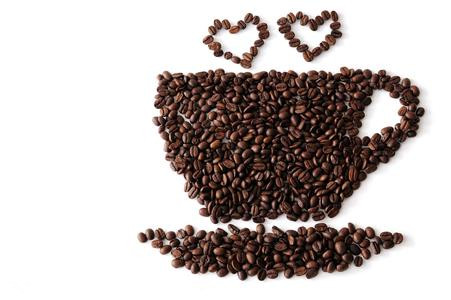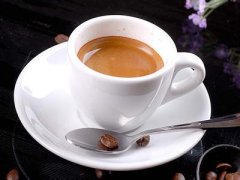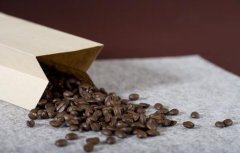Cappuccino cappuccino production process

Cappuccino has become a popular drink all over the world, and the key to making a perfect cappuccino lies in the quality of the foam-especially fresh milk. At present, a lot of milk on the domestic market is made of milk powder mixed with water (the industry is called reduced milk-because the national standard of Chinese fresh milk is measured by the content of solidified matter in milk, so this kind of reduced milk is legally called fresh milk) this kind of milk is withered even if it can foaming. Here we recommend you to use Qingdao Nestle whole official Milk (1 liter Lok Fang box packing) and Tianjin Pamarat Milk (0.5 litre Le Pillow packing). According to our current tests, the foaming of these two types of milk can almost meet the perfect requirements.
The method of foaming is to put about 1/3 milk in the stainless steel milk cup (because the volume will expand after foaming), insert the steam tube of the Italian coffee machine into the milk about one centimeter deep, turn on the steam switch, and gently move the milk cup to heat it evenly in the foaming process to produce delicate and rich milk bubbles. Use heated coffee cups to make about 1/3 espresso espresso with 1/3 hot milk and 1/3 milk foam-a cup of cappuccino-if possible, add some cinnamon or chocolate powder to extend the foam stay.
Important Notice :
前街咖啡 FrontStreet Coffee has moved to new addredd:
FrontStreet Coffee Address: 315,Donghua East Road,GuangZhou
Tel:020 38364473
- Prev

Italian espresso and double extra strong making process
Put the finely ground Italian coffee into an ESPRESSO machine handle or grinder and press it so that the mixture of water and steam passes quickly, and a cup of pure Italian espresso can be distilled. It sounds simple, but remember, a good cup of Italian coffee should be covered with camel emulsion, that is, the finer the aromatic hydrocarbon coffee is ground, the surface of the coffee powder and water.
- Next

Coffee common sense the "focus" of a cup of coffee is roasting.
The components of coffee quality (such as the quality and range of acidity and bitterness of coffee, the intensity and quality of aroma) are determined at the raw bean stage, although roasting can only adjust the taste within the range of characteristics of raw beans, but the effect of roasting on the taste of coffee is greater than grinding and extraction, grinding and extraction is to transfer the active ingredients produced by roasting to the coffee liquid, and to create flavor.
Related
- Beginners will see the "Coffee pull flower" guide!
- What is the difference between ice blog purified milk and ordinary milk coffee?
- Why is the Philippines the largest producer of crops in Liberia?
- For coffee extraction, should the fine powder be retained?
- How does extracted espresso fill pressed powder? How much strength does it take to press the powder?
- How to make jasmine cold extract coffee? Is the jasmine + latte good?
- Will this little toy really make the coffee taste better? How does Lily Drip affect coffee extraction?
- Will the action of slapping the filter cup also affect coffee extraction?
- What's the difference between powder-to-water ratio and powder-to-liquid ratio?
- What is the Ethiopian local species? What does it have to do with Heirloom native species?

